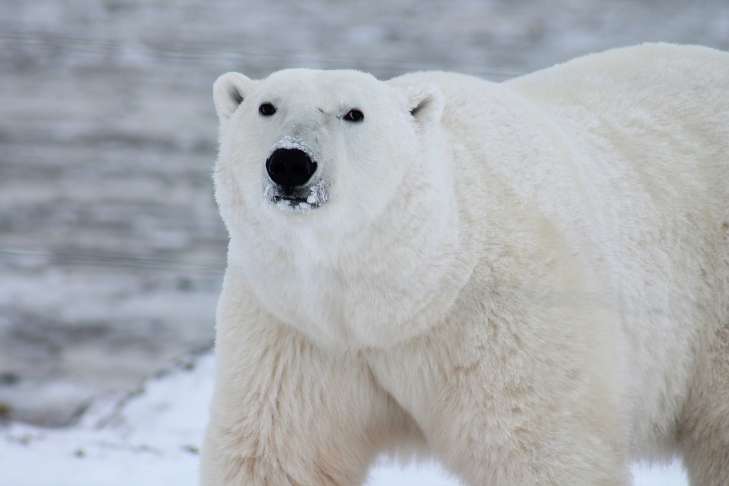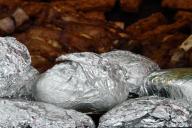Polar bears are perfectly adapted for life in the Arctic: Long, hollow inside and transparent (without pigment) guard hairs reflect light and look white.
The fat layer, up to 11 cm thick, serves as an energy reserve, a heat insulator and improves buoyancy.
Interesting Facts
Polar bears have an excellent sense of smell; they can smell a seal at a distance of 32 kilometers.

Males do not hibernate.
Females lie in dens to breed their offspring and remain in the shelter for up to eight months.
Polar bears are considered big clean people.
Zoologists have discovered that the fjords of southeast Greenland are home to an isolated subpopulation of polar bears that have learned to survive in conditions of scarce sea ice.
In the summer months, they hunt seals, using fresh ice brought by glaciers sliding into the sea as support.
What can polar bears do
Polar bears swim at speeds of up to 10 km per hour and are able to swim up to 100 kilometers without rest in search of food.
And having dived, they can stay under water for more than two minutes.
They have a nitrating membrane (ocular membrane) that allows them to see underwater and protects their eyes from wind and bright sun.
Previously, we talked about interesting facts about bumblebees.













